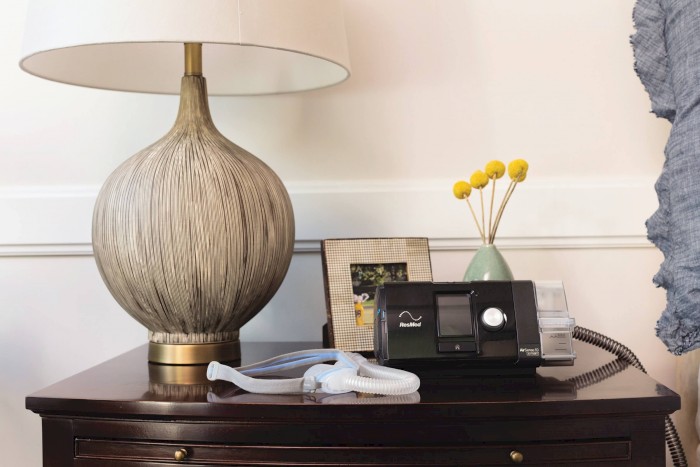This is Part 4 of a four-part article. For Part 1, click here. For Part 2, click here. For Part 3, click here.
In Part 3, I described my experiences with CPAP therapy, my adjustment to therapy, and how I used the available settings on my machine to make the therapy more comfortable. In this final part, I shall discuss the benefits I have experienced in the two and a half years since I first began therapy.
After I had been using the machine consistently for a couple of months, I started to notice that I was much less fatigued during the daytime. I also found that it was easier to fall asleep at night, and also easier to stay asleep; this was a very welcome change because I used to awaken several times per night, and I would have a very difficult time getting back to sleep.
By the time I had been using the machine for about three or four months, I found that I was no longer fatigued in the daytime; in fact, if I tried to lie down for a nap, I wouldn’t even lose consciousness. This was a huge change from merely a few months before, when I frequently needed lengthy naps just to make it through the day. My mental clarity, focus, and concentration also improved, and the near chronic mental and physical exhaustion faded away.
After using the CPAP machine regularly, I was even starting to sleep through the night without waking. My initial complaints about the mask and the pressure had faded away; I finally got used to both. Now, I forget that I am even wearing a mask, to the point where I will go to scratch my nose and be surprised when it bumps into plastic.
I also learned that mask adjustment is an ongoing process. On a couple of mornings, I woke up thinking that I was starting to get pinkeye, only to realize that air had been escaping from the mask around the bridge of my nose during the night and blowing straight into my eye. The resulting irritation, redness, and blurred vision could last for a couple of hours. It has happened a few more times, but at least I know that it’s not pinkeye, I just adjust my mask’s straps.
So far, I have had to replace my mask about once per year, but since I wear the thing every night, it is hardly surprising that it will wear out at some point. In fact, I feel kind of lucky that I have managed to make it last a year on average. Silicone can tear, plastic can break, and fabric straps can stretch. It’s important to inspect your equipment regularly, such as when you clean it, to watch for signs of deterioration. If you can anticipate your supply needs, you can avoid having to go without therapy while waiting for replacement parts to arrive.
I knew of a person who went for a Sleep Test, was diagnosed with Obstructive Sleep Apnea, and was given a prescription for a CPAP machine. This individual stopped therapy after two weeks and took the machine back, deciding that it was too uncomfortable, and he wasn’t noticing any benefit.
However, CPAP therapy is not an instant fix. Some people may notice results fairly quickly, but it may take other people a number of weeks to see any benefit. If the results of a Sleep Test have indicated that you suffer from Obstructive Sleep Apnea, stick with the therapy, and don’t be discouraged if you don’t see immediate results.
Once you have experienced the benefits of CPAP therapy, you will never want to go a night without it. Despite my initial apprehension about spending the rest of my life with a machine, I am now quite certain that I couldn’t live without it.





